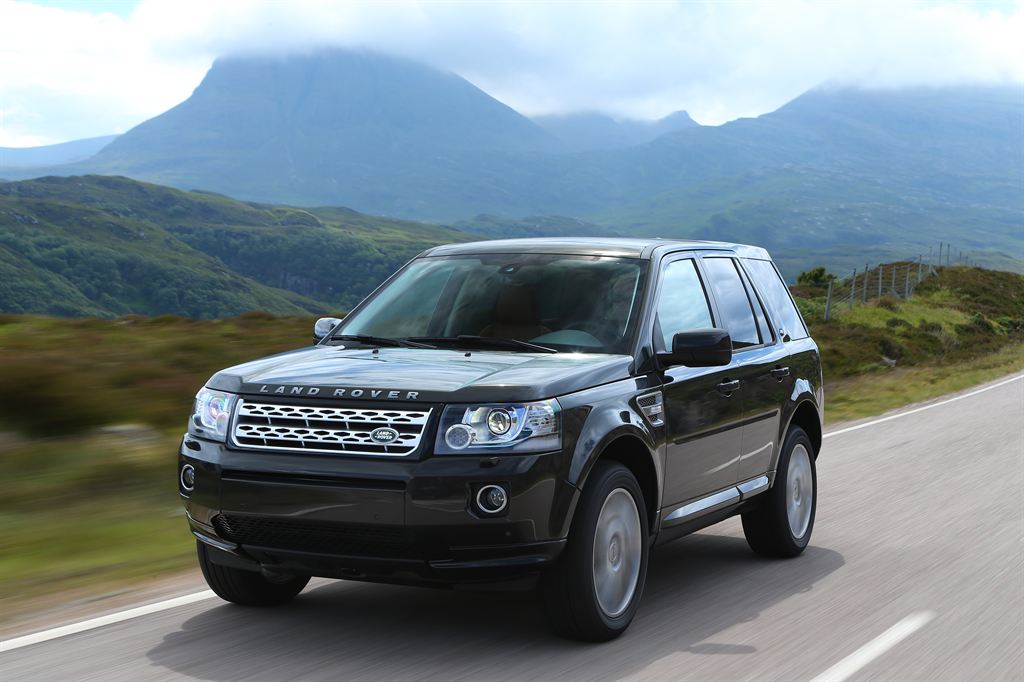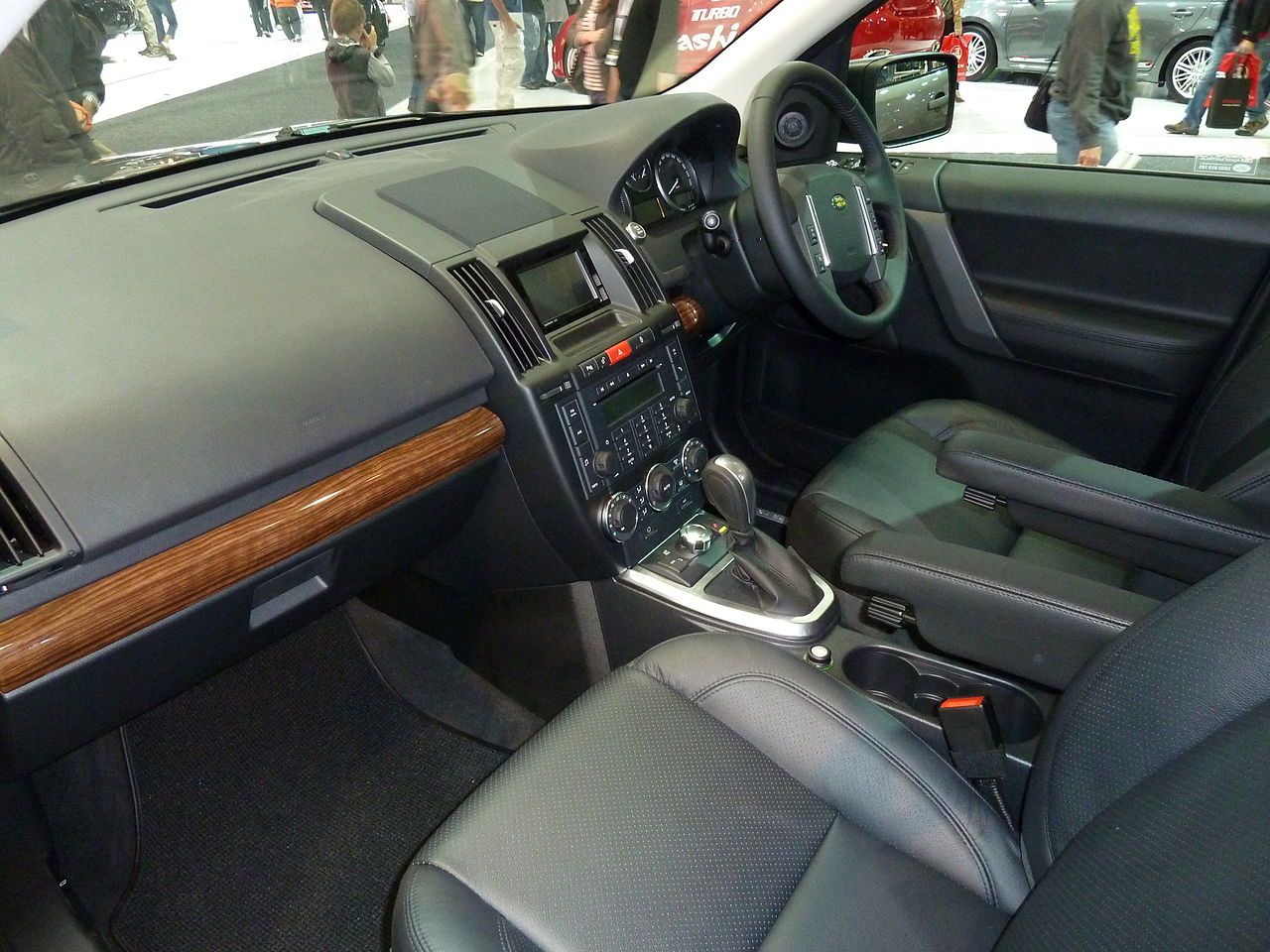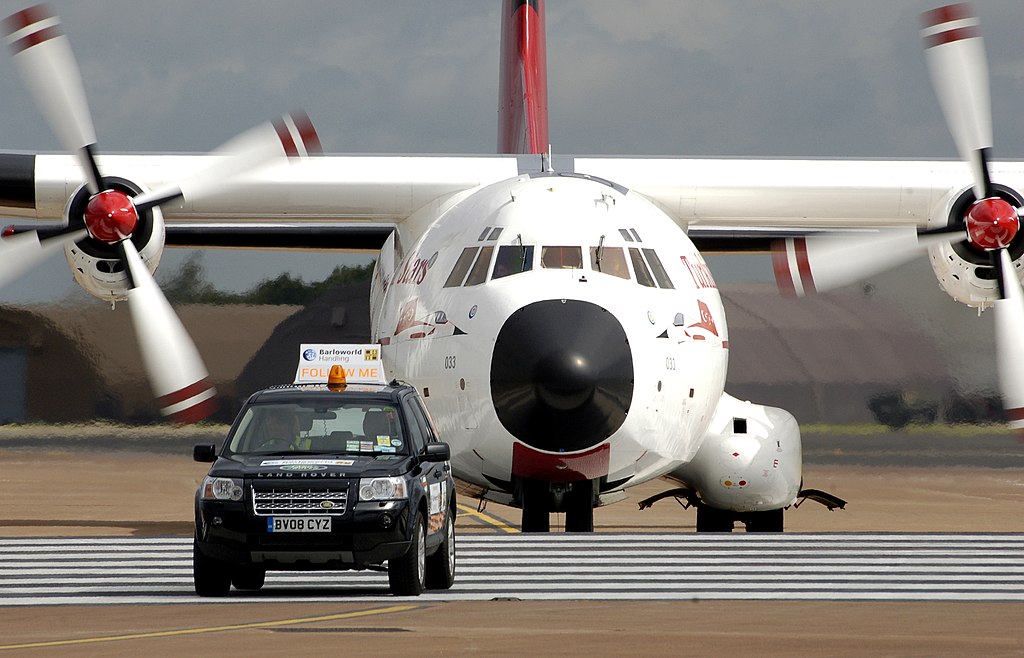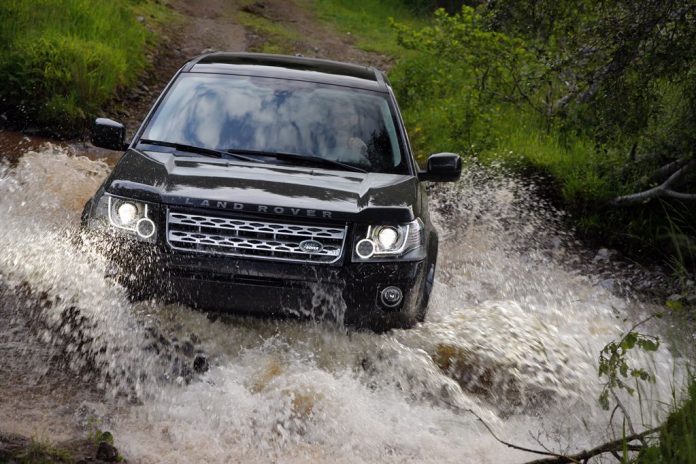The Land Rover Freelander 2 (or LR2 as it’s known in North America and the Middle East) is a popular member of the Land Rover range, made from 2006 – 2014. Remember the famous Land Rover slogan? The best 4×4 by far! In our opinion, this is still very much the case, but like any vehicle, the Freelander 2 has its fair share of common issues. So, what are the most common Land Rover Freelander 2 problems? In this article, we will discuss some of the most numerous issues that owners of the Freelander 2 experience. We will also provide advice on ways to diagnose and fix these problems.
Is the Land Rover Freelander 2 Reliable?
The Freelander 2 is a vast improvement over the previous model, being far more dependable and of greater quality. The diesel models are excellent and the 3.2 gasoline is a joy to drive. An LPG conversion is available if the economy is a concern. The eD4 is rarely seen since its drivetrain is so much simpler, and the drivetrain is the true difficulty with four-wheel-drive Freelander 2’s.
It is extremely sensitive to the condition, quality, and pressure of the tyres. If there are any problems here, the system assumes there is a wheel slide and engages four-wheel drive. You may be doing 60 mph when it suddenly kicks in, potentially causing all kinds of harm.
No car is perfect and the Land Rover Freelander is no exception. However, overall, we would say it’s a reliable vehicle. The most common issues that owners experience with their Freelanders are problems with the electrical system, engine, and suspension. Which we will discuss in more detail.
Land Rovers in general, have a reputation for being expensive to maintain. However, if you keep up with the recommended maintenance schedule and take care of any issues as they arise, you can avoid major repairs and keep your Freelander running smoothly for many years to come.
It’s important to note that the Land Rover Freelander is no longer in production. So, if you’re looking to purchase one, you’ll likely have to buy a used model.
While this may seem like a drawback, it’s actually an advantage. Used vehicles are typically much less expensive than new ones and they often come with fewer problems.

Common issues with the Land Rover Freelander 2
Now it’s time to take a deeper look at some of the most prevalent Land Rover Freelander 2 problems that have been reported. Not only will you be prepared if they occur, but you will also be able to fix them when purchasing a used model if you are aware of the typical difficulties. The most frequent issues with the Land Rover Freelander 2 are listed below.
Engine issues
Keep an eye out for oil leaks around the intercooler, and make sure the throttle generates a high-pitched noise followed by a click when the engine is turned off. Expect running issues if it does neither. Ensure that oil-change intervals are adhered to and that only high-grade oil is used. Every 150k miles, diesel engines require a new cambelt.
To ensure that your engine is in good working order, do the following:
- Check the engine oil level and top it up if necessary
- Ensure that all hoses, clamps, and filters are in good condition and replace as needed
- Inspect the radiator for leaks and repair as necessary
- Check the air filter and replace if dirty or clogged
- Check the fuel filter and replace if dirty
Transmission
The Freelander’s transmission is extremely complex and therefore expensive to repair. If the car is jerky when changing gear, there may be an issue with the clutch. If it hesitates when pulling away from a standstill, the problem could lie in the torque converter. Autos are typically fine, but the dual-mass flywheel in manuals sometimes cause complications. Every 20,000 miles, make sure the Haldex coupling has received fresh oil and a filter.
To avoid transmission problems, make sure you also complete the following:
- Check the transmission fluid level every week
- Keep an eye out for leaks
- Have the system flushed and refilled every 30,000 miles
- Only use genuine Land Rover parts
Suspension

Another of the Land Rover Freelander 2 problems lies with the suspension. These can manifest themselves as creaking noises when going over bumps or feeling like the car is bouncing excessively. Airbags may also deploy unexpectedly. If you’re experiencing these issues, it’s best to take your Freelander to a qualified mechanic who can diagnose and fix the problem.
Make sure you also do the following to prevent suspension issues:
- Regularly check the suspension for damage or wear and tear
- Keep your car well balanced, as an imbalanced car can put unnecessary strain on the suspension
- Use the correct type of oil in your car’s shock absorbers (this will vary depending on your make and model)
Steering
The Freelander is known for having issues with power steering. The steering may feel heavy or unresponsive, and there may be a whining noise when turning the wheel. If you’re experiencing these problems, you can try topping up the power steering fluid. If that doesn’t fix the issue, then it’s likely that you’ll need to replace the power steering pump.
Because the steering rack might malfunction, make sure the wheel moves smoothly from lock to lock. Check that the electronic handbrake is working and that the discs are not scratched. Keep an eye out for damaged springs and worn-out bushes.
To prevent steering issues:
- Check the power steering fluid level regularly and top up if necessary
- Have the power steering pump replaced if it starts to make noise
- Inspect the steering rack for damage and have it replaced if necessary
- Make sure the electronic handbrake is working properly
- Check the discs for damage and replace them if necessary
- Inspect the springs and bushes for damage and replace them if necessary
Bodywork
Land Rovers, in general, are known for their robust bodywork, but the Freelander is no exception to the rule. Over time, the paintwork can fade and chips can appear. The odd dent is also not uncommon.
If you’re planning on keeping your Freelander for a long time, then it’s worth taking care of any cosmetic issues as they arise. Examine the vehicle’s underside for off-road damage and the sides for scrapes. Check to see if the central locking system is operational as well as the electric windows. These parts are often the first to give up on a Land Rover.
To prevent bodywork issues ensure you regularly:
- Wash the car
- Check for any leaks
- Polish the paintwork
- Treat any rust as soon as possible
Interior

The interior of the Freelander can also suffer from wear and tear. The fabric on the seats may become faded or stained, and the dashboard can become scratched. Over time, the plastic parts in the cabin can become brittle and crack. When test driving Look for off-road damage on the vehicle’s underneath and scrapes on the sides. Examine the central locking system to determine if it’s working.
If you’re having problems with your car’s interior, it’s best to take it to a professional who can clean and repair any damage. In the meantime, you can try to keep the cabin clean and free of dirt and dust. Use a soft cloth to wipe down the dashboard and vacuum the seats regularly.
To prevent interior damage:
- Keep food and drinks out of the car
- Wipe up spills immediately
- Vacuum the seats and carpets regularly
- Use a dashboard protector if possible
- Avoid exposing the car to direct sunlight for long periods of time.
Brakes
Another common issue with the Land Rover Freelander is problems with the brakes. The brake pedal may feel spongy or hard to press, and the brakes may make noise when applied. If you’re experiencing these problems, it’s best to take your Freelander to a qualified mechanic who can diagnose and fix the problem.
To prevent brake issues:
- Check the brake fluid level regularly and top up if necessary
- Inspect the brakes for wear and tear and replace them if necessary
- Have the brakes serviced regularly by a qualified mechanic
It’s also important to note that the Freelander is a heavy vehicle, so it takes longer to stop than a smaller car. When driving, be sure to leave plenty of space between you and the car in front of you. And always use your headlights at night so that other drivers can see you.
Land Rover Freelander 2 Recommended Maintenance Schedule
By following the recommended maintenance schedule for the Land Rover Freelander, you can avoid many common problems. The schedule is as follows:
- Interim Service every 12 months or 12,000 miles, whichever comes first
- Wheel alignment check every year
- Brake fluid flush and replacement every two years
- Air filter replacement every year
- Fuel filter replacement every two years
- Engine coolant flush and replacement every five years
- Power steering fluid flush and replacement every three years
- Transmission fluid flush and replacement every four years
- Differential oil change every 50,000 miles
- Glow plug change every 80,000 miles for diesel models
If you’re having problems with your Land Rover Freelander ensure you get it to a qualified mechanic as soon as possible. By catching issues early on, you can avoid more serious and costly repairs down the road.
Many people are put off by the high cost of Land Rover ownership. However, if you’re willing to do some of the work yourself, you can save a lot of money. For example, changing your own oil is a relatively simple task that can save you hundreds of dollars over the life of your vehicle. Remember prevention is always better than cure!
How Long Does the Freelander 2 Last?

With proper care and maintenance, your Land Rover Freelander 2 should last for around ten years. However, different parts of the car will wear out at different rates, so it’s important to keep an eye on all aspects of your vehicle. By following the tips in this article, you can help to prolong the life of your Land Rover Freelander.
The original Land Rover Freelander was introduced in 1997 and was in production until 2006. The Freelander was then replaced by the Freelander II, which was in production from 2006 to 2014.
This can be known to have many common problems, which is why Land Rover spent an extensive period of time developing the 2nd model. If you’re thinking of buying a used Land Rover Freelander, be sure to have it inspected by a qualified mechanic before making your purchase. And remember to keep up with regular maintenance and servicing to help keep your Freelander in good condition.
How Much Does It Cost to Maintain a Freelander 2?
The cost of maintaining your Land Rover Freelander will depend on a number of factors, including the age and condition of your vehicle. Generally speaking, you can expect to pay around £400 per year for basic maintenance and servicing. However, if you need to repair or replace any major parts, the cost can increase significantly.
To keep your Freelander running smoothly, it’s important to keep up with regular maintenance. This includes things like changing the oil and filter, checking the brakes and tires, and servicing the engine. You should also have your Freelander serviced by a qualified mechanic every 12 months or so. By doing this, you can help to prevent major problems from developing and keep your Freelander in good condition.
What Should I Look for When Purchasing a Land Rover Freelander 2?
There are a few things you should look for when purchasing a Land Rover Freelander. First, make sure that the vehicle is in good condition and has been well-maintained.
You should also inspect the vehicle for any signs of damage or wear and tear plus any of the common Freelander 2 problems listed above. Finally, be sure to test drive the car and take it on a variety of terrain to see how it handles. By doing all these three steps you are less likely to have problems with your Freelander down the road.
Conclusion
If you are experiencing any of these Land Rover Freelander 2 problems, don’t hesitate to take it to a mechanic. While some of the repairs may seem costly, they are necessary in order to keep your car running smoothly and safely.
Car trouble can be frustrating and inconvenient, but by following the advice in this post you can minimize the amount of time and money you spend on fixing your vehicle. Have you had to repair your own Land Rover Freelander 2 problems? Let us know in the comments



